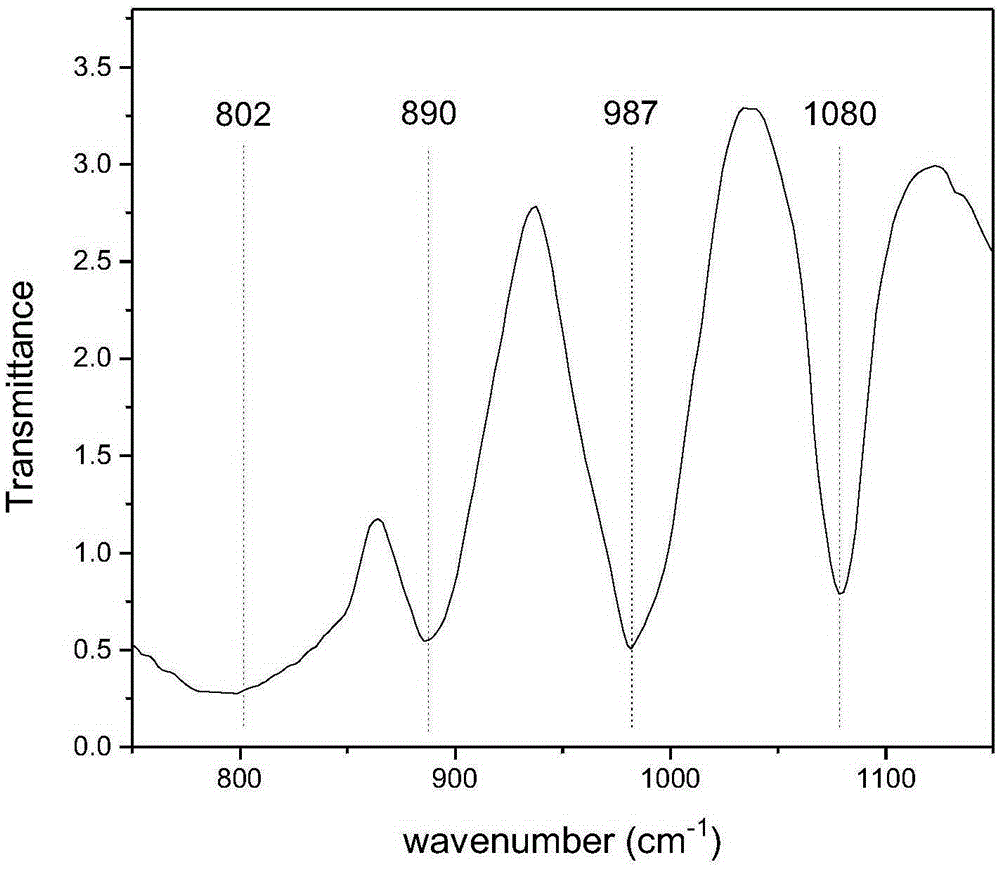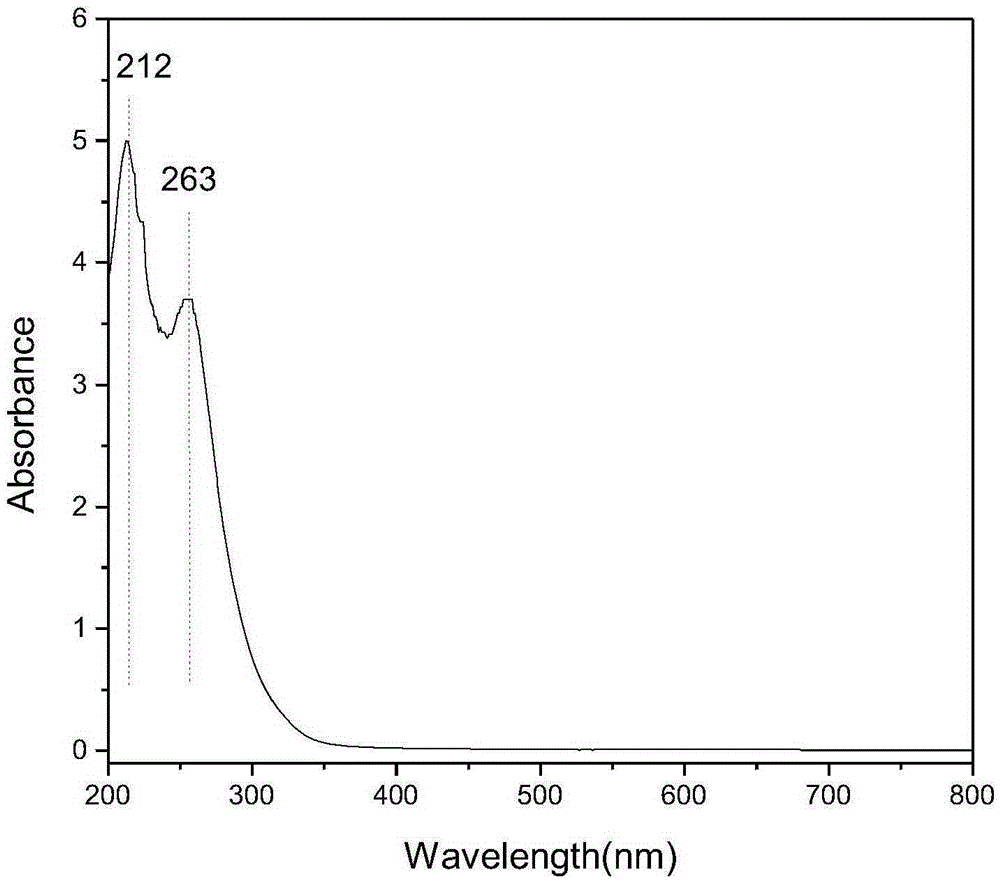Homogeneous catalysis technology of degrading organic pollutant decabromodiphenyl ether by using Keggin type heteropoly compound H3PW12O40 as catalyst
A technology of H3PW12O40 and heteropoly compounds, which is applied in the field of homogeneous catalysis of decabromodiphenyl ether, can solve problems such as pollution, and achieve the effects of simple process equipment, good environmental protection effect, and low energy consumption
- Summary
- Abstract
- Description
- Claims
- Application Information
AI Technical Summary
Problems solved by technology
Method used
Image
Examples
Embodiment Construction
[0020] refer to Figure 1-3 , a Keggin type heteropoly compound H of the present invention 3 PW 12 o 40 A homogeneous catalytic process for catalyst degradation of organic pollutant decabromodiphenyl ether, comprising the following steps:
[0021] (1) Keggin type heteropoly compound catalyst H 3 PW 12 o 40 Synthesis
[0022] Mix 99.95g of sodium tungstate, 32.23g of disodium hydrogen phosphate and 150mL of boiling water, add 80mL of concentrated sulfuric acid dropwise under magnetic stirring to obtain a solution with a light yellow precipitate, cool the solution to room temperature, add 60mL of diethyl ether for extraction, and the extracted lower layer The yellow heteropolyacid ether complex is purged by air flow to obtain a yellow solid, and dried in a vacuum oven at 70°C for 7-8 hours to obtain Keggin type heteropoly compound catalyst H 3 PW 12 o 40 ; figure 1 It is the Keggin type heteropoly compound catalyst H synthesized in the present invention 3 PW 12 o 40...
PUM
 Login to View More
Login to View More Abstract
Description
Claims
Application Information
 Login to View More
Login to View More - R&D
- Intellectual Property
- Life Sciences
- Materials
- Tech Scout
- Unparalleled Data Quality
- Higher Quality Content
- 60% Fewer Hallucinations
Browse by: Latest US Patents, China's latest patents, Technical Efficacy Thesaurus, Application Domain, Technology Topic, Popular Technical Reports.
© 2025 PatSnap. All rights reserved.Legal|Privacy policy|Modern Slavery Act Transparency Statement|Sitemap|About US| Contact US: help@patsnap.com



